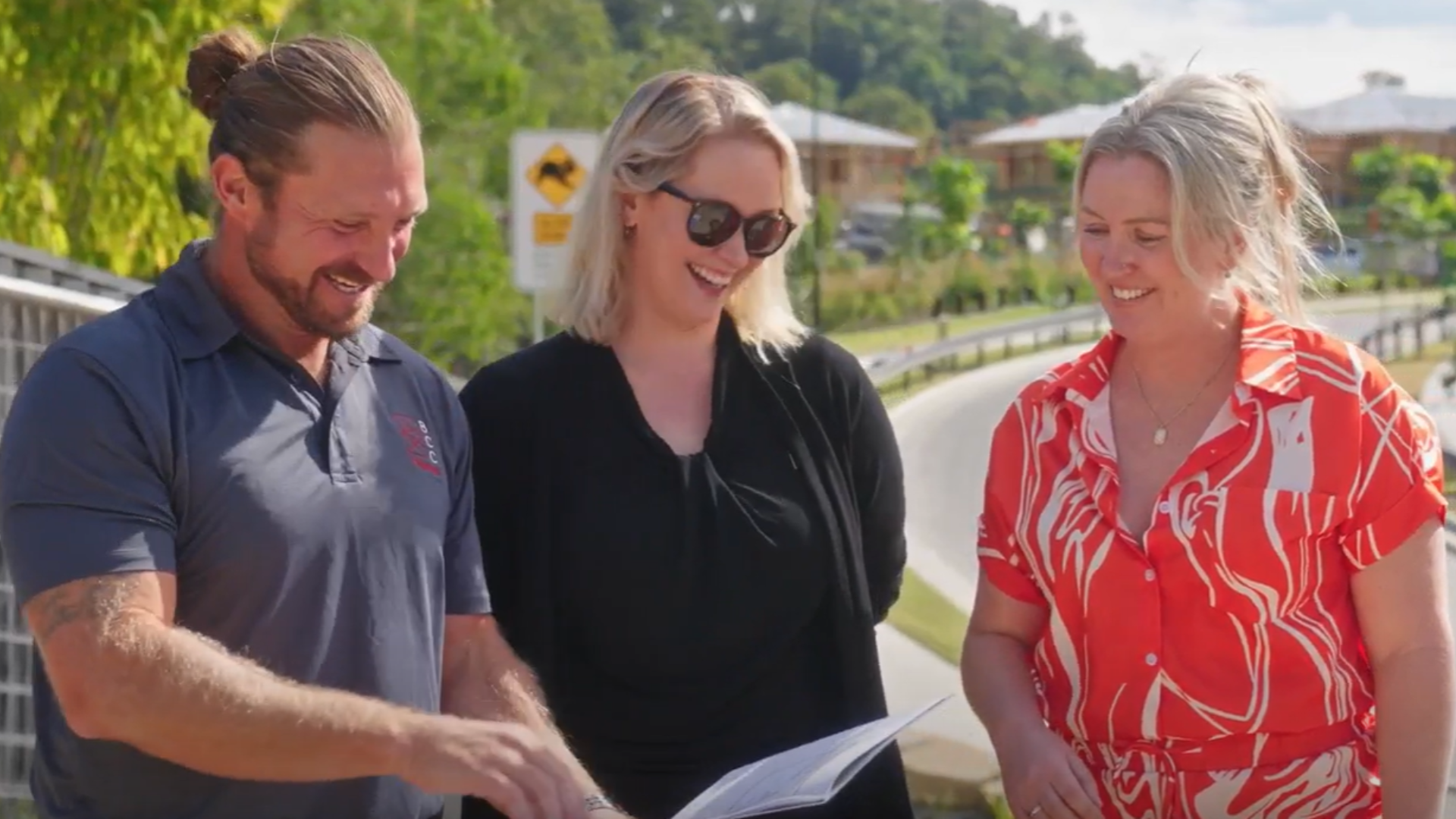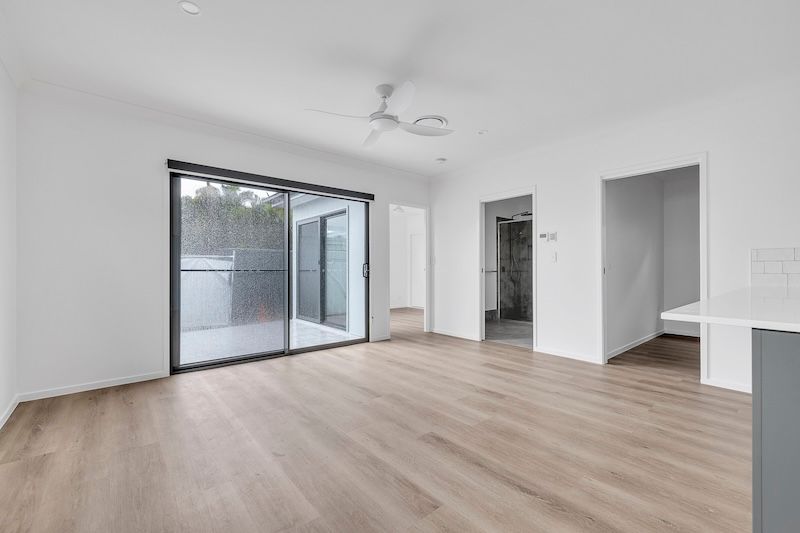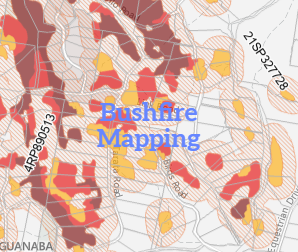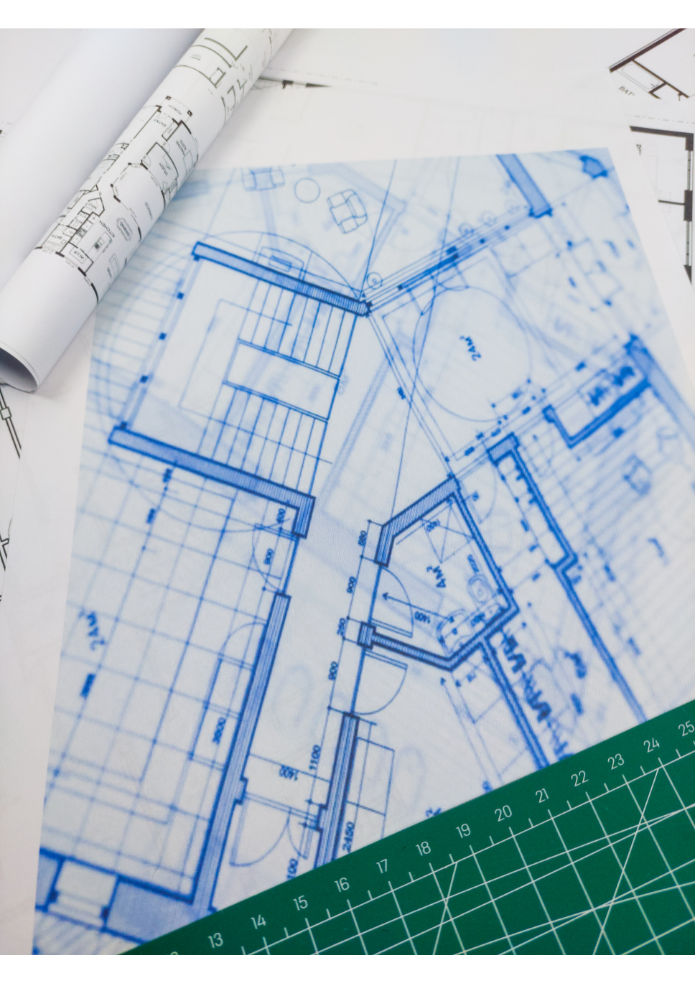Using the First Home Owners Grant to Help Build a Granny Flat...
April 9, 2024
Relief for First Home Buyers
In the realm of real estate, navigating the path to homeownership can be a daunting journey, especially for first-time buyers. However, amidst the challenges lies a beacon of hope in the form of the First Home Owners Grant (FHOG). This government initiative offers financial assistance to eligible individuals or families embarking on the exciting journey of acquiring their first home. But did you know that this grant can extend beyond traditional home purchases to include granny flat
builds?
The FHOG has undergone recent updates, making it an even more enticing option for prospective homeowners. For contracts signed between November 20, 2023, and June 30, 2025, the grant amount stands at a generous $30,000. This significant boost in financial aid opens up new possibilities for aspiring homeowners, whether they choose to buy or build their dream abode.
When it comes to granny flat builds, the FHOG offers a unique opportunity for multi-generational living arrangements. This alternative housing solution not only provides independence for younger family members but also enhances the value of the parent's property. For parents with children eager to step onto the property ladder amidst the soaring costs of homeownership, a granny flat build presents an ideal compromise.
However, before diving headfirst into the granny flat construction, there are crucial considerations to ponder. One must address the intricacies of property ownership and the division of financial responsibilities. With the land title remaining in the name of the original owner, clear communication and mutual understanding are essential to avoid future conflicts.
Questions regarding financial arrangements, such as reimbursement in the event of property sale or the possibility of renting out the granny flat, must be addressed upfront. Moreover, contingencies for scenarios like the party building the granny flat desires to relocate or the homeowner's willingness to buy out the granny flat must be outlined to prevent any strain on relationships down the road.
Navigating the landscape of granny flat builds under the FHOG requires meticulous planning and open dialogue. While this option may not suit every situation, it presents a viable solution for families seeking both financial assistance and innovative housing arrangements.
Exploring options like the FHOG opens doors to a myriad of homeownership opportunities, including the construction of granny flats. By leveraging this grant wisely and engaging in thorough discussions, families can embark on the journey towards homeownership with confidence and clarity.
For more insightful articles and expert guidance on homeownership, visit the blog section of BCC Homes at https://www.bcchomes.au/blog.
Remember, your dream home is within reach, and the FHOG and BCC Homes are here to help you turn that dream into a reality.
Link to more information at Queensland Revenue Office - https://qro.qld.gov.au/property-concessions-grants/first-home-grant/
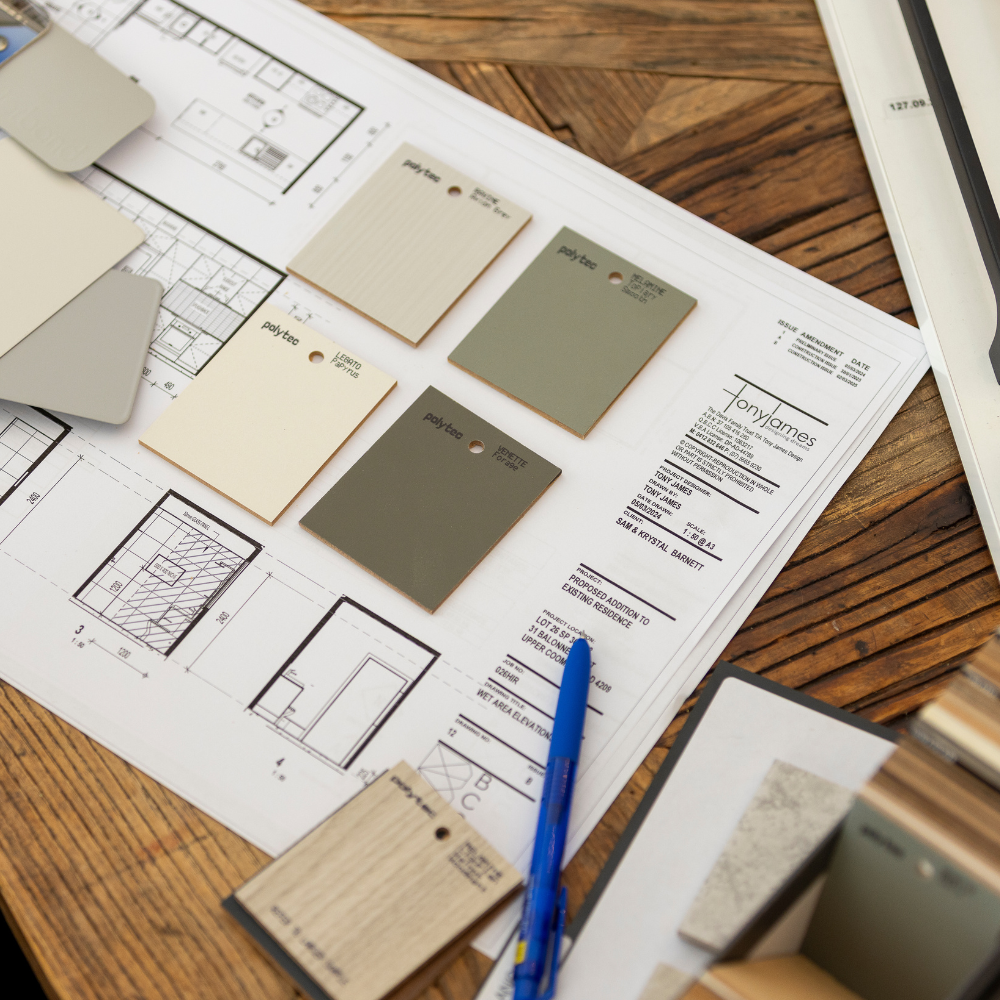
If you've started collecting quotes for your Granny Flat, you've probably noticed prices can vary by tens of thousands of dollars. So how do you know which quote represents the best value? Here's the thing: not all quotes are built the same way. Two builders can quote the same project, but what they include can be completely different. Understanding these differences is the key to making a confident, informed decision. Let's break down what to look for. 1. Ask for a Detailed Inclusions List Some builders quote only the basic structure, while others include everything from design and approvals to quality finishes and fixtures. The difference can be significant – sometimes $20,000–$40,000 worth of items. Always ask for a detailed inclusions list so you can see exactly what's covered. If something isn't written down, make sure to ask about it. The more detail you have upfront, the easier it is to compare your options fairly. Tip: If something isn’t listed, it’s probably not included. 2. Understand Your Site Conditions Every site is unique. A flat, easily accessible block will have different requirements than one that's sloped or has access challenges. Generic quotes based on "typical conditions" might not reflect your actual situation. At BCC Homes, we never offer a fixed-price quote until Sam has assessed your site. This way, you get an accurate number based on your specific property – giving you confidence in the price from day one. 3. Clarify What's Included in Design and Approvals Some builders charge separately for design work, plan revisions, and approvals, while others include these as part of the process. At BCC Homes, we include design and approvals with 3 plan revisions built in. Understanding what's covered here not only saves you time and potential surprises later but also helps you budget accurately and ensures your design will meet all council, energy efficiency, and bushfire requirements before construction begins. 4. Look at the Builder's Track Record Beyond price, consider the builder's communication style, reviews, and completed projects. A builder who's clear and transparent during the quoting process will give you confidence throughout the entire build. Look for someone who answers your questions thoroughly and helps you understand what to expect. At BCC Homes, we’re happy to walk you through our inclusions and help you compare your quotes line by line, so you know exactly what you’re getting. The Bottom Line The goal isn't necessarily to find the cheapest quote – it's to find the best value. That means working with a builder who's transparent, includes everything you need from the start, and helps you understand every step of the process - no hidden extras, no guesswork. At BCC Homes, we're here to help you understand your quotes and make informed decisions. We're happy to walk you through our inclusions line by line, so you can compare your options with confidence. Ready for your quote? Book in a call and let's see how we can turn your dream into a reality. Link



